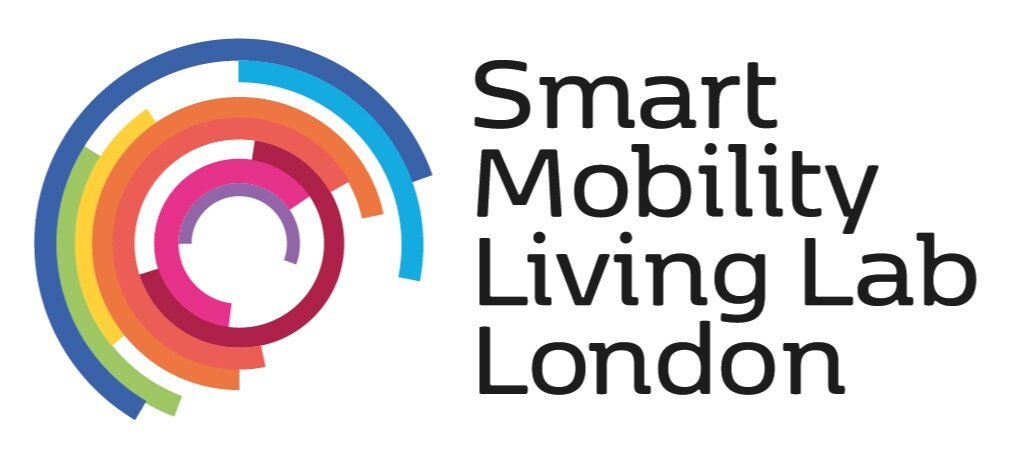The EU’s new safety regulations are just the beginning of the journey to zero casualties on our roads
Back in March, the European Parliament approved 17 new measures aimed at keeping people safe when on the road through mandating changes to the General Safety Regulations applied to all vehicles sold in the European Union.
Particularly significant is the impact that these measures will have on the introduction of automated vehicles, and the way that people will interact with these vehicles – especially in situations, for instance, in which a driver may need to regain manual control from an automated system.
The new rule which received most attention is called Intelligent Speed Assistance or ISA and is designed to help drivers travel at, or below the speed limit, something all automated vehicles will be required to do. . But for me, it’s more important to look at the impact that all of these rules will have in combination, affecting all vehicles sold in the EU from 2022
Perhaps I’m a little biased: TRL played an important role in whittling the list of new measures down to the final 17 and undertaking the cost-benefit study that formed the European Commission’s proposal, which was overwhelmingly supported by the European Council and Parliament.
To do this, we developed an innovative methodology that made it possible to assess the individual measures, as well as how they interacted together, how costs were impacted, and how safety savings could be measured too.
Most crucial, though, was the way the information derived from our evaluation methodology could be shared with other members of our industry – helping to build a single evidence base that would inform the selection of the measures and define their function and performance characteristics.
The impact assessment derived from our model was ultimately used to guide the European Parliament’s vote.
Saving lives
Proud as I am of all this, I’m not here to boast.
When TRL started to work with the Commission and the other key stakeholders on this, it was because there had been very little change to the EU’s vehicle safety measures in a long time – despite the advancements in technologies.
As a result, our target for casualty reduction was being failed. We simply haven’t been reducing the number of EU road deaths or serious injuries at the rate we need to.
The new measures that were signed off in March are predicted to save 25,000 lives over 16 years – and that is a conservative estimate.
This is just the beginning
The real challenge now is to avoid complacency. While the European Parliament vote was a success – a resounding one – for regulators and the industry, it is designed to accelerate change.
This change will be shouldered by the industry as a whole, since the measures are designed to democratise safety and the responsibility to improve it across the whole sector.
Our ambition won’t be stymied.
The new General Safety Regulation is technologically advanced and will help the EU Industry to remain competitive with regard to the challenges of developing automated vehicles, because it includes measures to address Driver Distraction, Speeding and Vulnerable Road User protection. The measures will also help to establish the EU as the best place in the world for road safety.
Effective implementation will mean constantly monitoring the effectiveness of our new safety measures as time passes and technology continues to impact the way we move.
As we see fewer people taking and passing driving tests, and new and different kinds of crashes as the driving population ages, the nature of the safety challenges on our roads will change.
Connected and autonomous vehicles will bring their own regulatory requirements, with safety being an absolutely fundamental concern.
We will need to keep developing new safety measures to adjust for all of this.
Ultimately, we are striving for zero casualties and zero fatalities. A grand ambition, but anything can seem impossible until someone does it.
